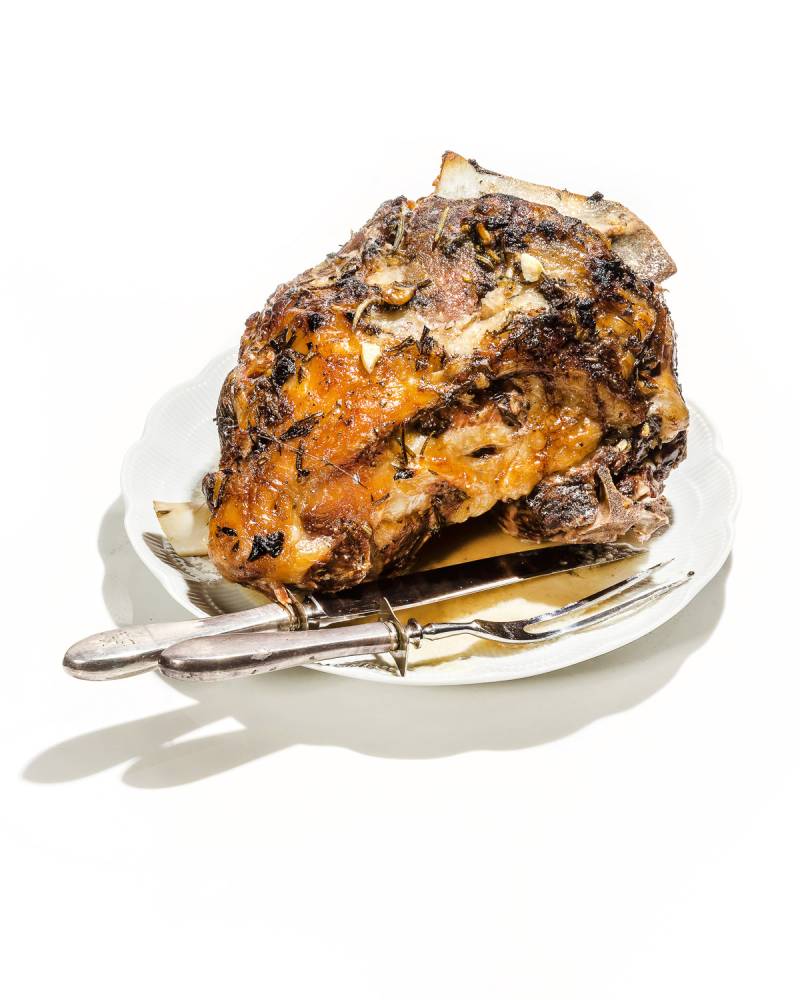Rising grocery prices have become a major obstacle for shoppers trying to stick to a budget amid food inflation. In fact, the price of food has climbed 17 months in a row. Consumers who have gone for years without using store coupons are redeeming them and thinking about how to save money on groceries.
Here's a look at some food items seeing big cost increases that are likely throwing off your grocery budget:
Eggs.
Chicken.
Vegetables and fruit.
Cooking oil.
Bread and wheat products.
Beef and pork.
[ SEE: 35 Ways to Save Money. ]
Eggs
Of all the items on your shopping list, you’ll probably pay the most for eggs in the near future. According to the consumer price index, from March to April, the price of eggs jumped 10.3%.
Avian flu, even more than inflation, is the prime reason the cost of eggs is so high. According to ModernFarmer.com, avian flu, which can be deadly to birds, has been found in more than 30 states so far. Hundreds of commercial flocks have been infected, and that's led to a classic case of not enough supply to meet demand.
But it may not be bleak for too long, according to Leslie Sarasin, president and CEO of FMI-The Food Industry Association, a national trade association for the food industry, including food retailers and wholesalers.
“While it’s impossible to predict the duration and spread of this outbreak, avian influenza is primarily carried by migratory birds and will likely subside following the spring migration. Over the coming months, as egg farmers start repopulating their flocks, we could see the inflationary pressures on the egg supply start to ease,” Sarasin says.
Chicken
Not surprisingly, with avian flu driving up the cost of eggs, the poultry industry has been hard-hit as well. Chicken prices haven’t risen nearly as high as eggs, however. From March to April, according to the consumer price index, poultry climbed 1.4%.
Vegetables and Fruit
For anyone concerned about produce prices, there was some good news in the recent consumer price index. From March to April, the cost of fresh vegetables didn’t go up or down, though from April 2021 to April 2022, the cost of fruit and vegetables rose 7.8%. In any case, there seems to be a fair chance that the prices won’t rise significantly from here.
“Fruit and vegetables need less processing than other foods. Most are washed, packed, and shipped whole to retailers,” says Rifle Hughes, innovation and strategy business partner at JPG Resources, a food and beverage innovation and commercialization group in Battle Creek, Michigan.
“Things can get a little more complicated once fruits and vegetables need to be sliced, blended – think: salad kits – and frozen, but this tends to be less complicated compared to meats that require breaking down the animal or packaged foods that are manufactured from source ingredients,” Hughes says.
Still, there are obstacles that could drive up the cost of fruits and vegetables. “Supply chain bottlenecks and labor shortages have impacted the food retail industry’s ability to bring some products to shelves, and severe weather could cause even further disruptions,” Sarasin says.
[ READ: 20 Cheap Foods to Buy When You're Broke. ]
Cooking Oil
You’ve probably noticed that cooking oil prices are rivaling the cost of the oil we put into our cars, or so it may seem. The price of fats and oils jumped 15.3% from April 2021 to April 2022. Margarine shot up during that same period by 23.5%.
Oil is in a lot of food, from processed products to food at restaurants and bakeries. So when cooking oil prices rise, so does the cost of plenty of other food items, from doughnuts to salad dressing.
According to the United Nations Food and Agriculture Organization, the price of vegetable oil reached an all-time high in January – and then again in February and in March. Since then, prices have been somewhat stable. Still, don’t count on the cost of vegetable oil coming down significantly any time soon.
“Ukraine is the world's largest supplier of sunflower oil, and the war has disrupted supply,” Hughes says. “As a result, food manufacturers have turned to alternatives like soy and canola, which generates new pressure on those sources, making them harder to source. To combat this, the industry has turned to specialized options such as olive or avocado oils, but these have a much higher cost comparatively.”
But it isn’t all due to Russia invading Ukraine. A lot of factors seem to be pushing the cost of cooking oil higher. Vegetable oil doesn’t always wind up on our plates and in our stomachs – it is also diverted to biodiesel. Climate change hasn’t helped, either. A drought in Argentina and Brazil made life tough for soybean farmers and their customers. The cost of palm oil has been going up for some time as well.
Bread and Wheat Products
Wheat has become expensive, as “Ukraine and Russia are key wheat producers,” Hughes says.
So far, Hughes says, wheat supplies have held pretty strong. But the U.S. Department of Agriculture is forecasting smaller wheat crops throughout the world for the rest of 2022 and throughout 2023. This is not only in Ukraine, but also Australia, Morocco, Argentina, the European Union and China.
Like cooking oil, when wheat prices go up, other food prices rise. It’s all connected, Sarasin says.
“When the cost of raw materials – like corn, wheat, soybeans, and vegetable oils – goes up, the price of the products they are used to make, like bread and pizza dough, also increases. Higher corn and soybean prices also increase the price of feed for livestock, which in turn pushes up the cost of meat products,” she says.
Beef and Pork
According to the consumer price index, from April 2021 to April 2022, beef prices climbed 14.3%. Pork went up 13.7%.
A lot of that is due to the usual culprits, including the supply chain and labor shortages. But there’s another big factor, says Curt Covington, senior director of partner relations at AgAmerica Lending.
“Higher feed costs due to the lower supplies of grains is driving up the price of beef and hogs,” he says.
[ READ: Grocery Delivery Services for Your Budget in 2022. ]
How to Budget for Rising Grocery Prices
Combat rising food prices by using these strategies:
Search for alternatives. Consider switching up your shopping habits by considering cheaper alternatives to expensive products. For example, canned foods may be less expensive than fresh, and meat substitutes are more affordable in many cases.
Check out local farms. If you have farms in your area that sell directly to customers, pay one a visit. You may want to try a farmers market as well, although you may still pay a hefty price for the fresh produce, and the farmers there have to pay rent.
However, Covington points out, “by shopping directly from farmers, you cut out the middleman, avoiding additional costs carried over to the consumer and the farmer sees better revenue margins. It's a win-win situation."
Buy in bulk. Buying foods in bulk is a tried-and-true strategy. Even if an item isn't on sale, purchasing a more significant quantity will generally save you money, says Lyle Solomon, a principal attorney at Oak View Law Group in Los Altos, California. He may not be a supermarket expert, but he specializes in working with cash-strapped clients who are dealing with consumer financial issues, and often debt, credit issues and bankruptcy-oriented problems.
"You'll save a lot of money if it's something that will last a long time, like pasta, paper goods, or cleaning supplies," Solomon says.
Plan your meals. Avoid impulse shopping by creating meal plans. Sarasin also suggests planning some big meals so you can have leftovers.
Solomon also endorses meal planning, and he points out that if you do so, you may go to the store less, which may mean you save on gas.
Avoid prepackaged foods. The convenience of prepackaged foods is alluring, but whole foods tend to be cheaper.
“Not only have food costs increased, but so have packaging, processing and marketing costs. Consumers will need to go back to preparing their meals if they expect to see their food expenses level out,” Covington says.
Solomon says this is another reason bulk shopping can be useful. You tend to pay more for bulk, but you get more food and pay for less packaging.
"The prepackaged things labeled (as a) convenience are among the most pricey foods in the shop," he says, referring to food items like granola bars, individual serving size cookies, chips, and lunch meat and cracker combos.




